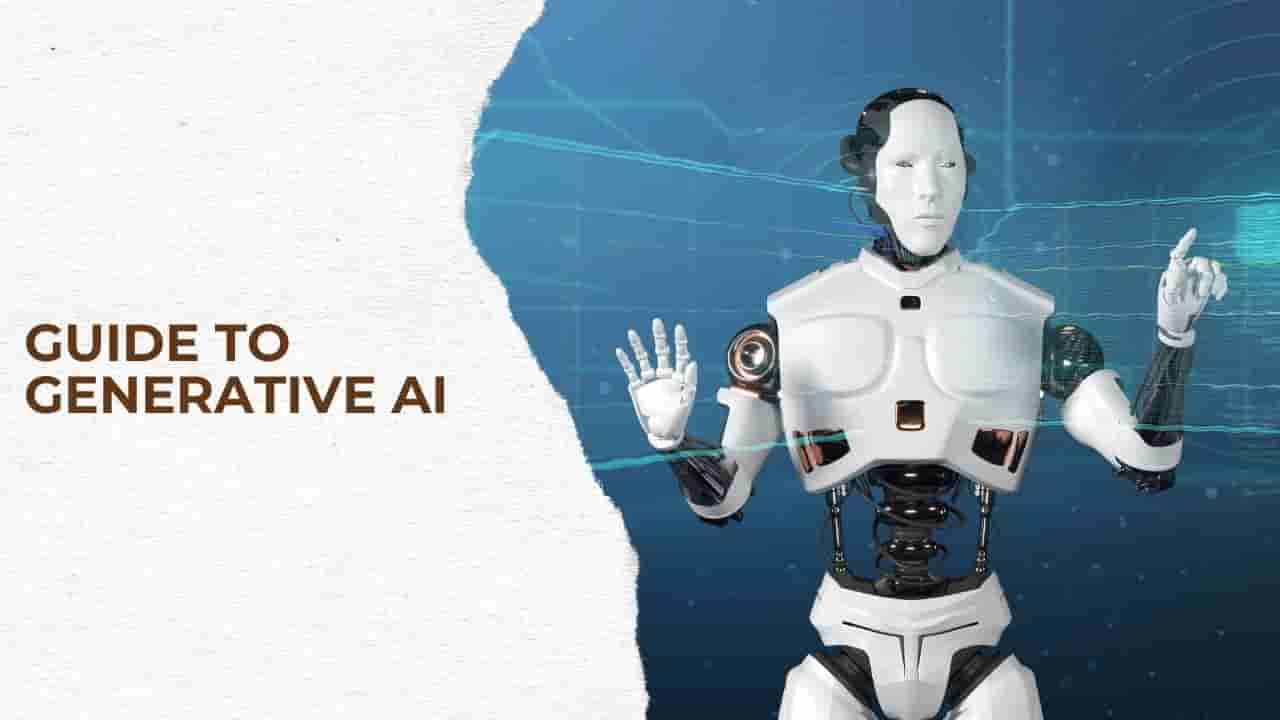Artificial Intelligence (AI) has become a buzzword in today's technological landscape, but what exactly does it entail? Let's embark on a journey to demystify AI and explore how you can learn it step by step, along with some invaluable free resources.
Table of contents [Show]
I. Introduction to Artificial Intelligence (AI)
A. Defining AI
Artificial Intelligence, or AI, refers to the simulation of human intelligence processes by machines, primarily computer systems. These processes include learning, reasoning, problem-solving, perception, and even understanding natural language. AI enables machines to perform tasks that typically require human intelligence, ranging from simple calculations to complex decision-making.
B. Importance of AI
AI holds immense significance across various industries, revolutionizing sectors like healthcare, finance, transportation, and more. Its applications range from enhancing efficiency and productivity to enabling breakthrough innovations. As AI continues to advance, it promises to reshape the way we live and work fundamentally.
II. Understanding the Basics of AI
A. Machine Learning
Machine Learning is a subset of AI that focuses on enabling machines to learn from data and improve their performance over time without being explicitly programmed.
1. Supervised Learning
Supervised Learning involves training a model on labeled data, where the algorithm learns to map inputs to corresponding outputs. It is commonly used for tasks like classification and regression.
2. Unsupervised Learning
Unsupervised Learning deals with unlabeled data, where the algorithm identifies patterns and structures within the data without explicit guidance. Clustering and dimensionality reduction are common applications of unsupervised learning.
B. Deep Learning
Deep Learning is a subset of machine learning that utilizes neural networks to model and understand complex patterns in large datasets.
1. Neural Networks
Neural Networks are computational models inspired by the structure and function of the human brain. They consist of interconnected layers of nodes (neurons) that process information and make predictions.
2. Convolutional Neural Networks (CNNs)
CNNs are a type of neural network particularly effective for processing grid-like data, such as images. They consist of convolutional layers that extract features from input data and pooling layers that reduce dimensionality.
III. Steps to Learn AI
A. Familiarize Yourself with Math and Programming
1. Linear Algebra
Linear Algebra forms the foundation of many AI concepts, including matrix operations and linear transformations. Understanding linear algebra will facilitate your comprehension of machine learning algorithms.
2. Calculus
Calculus is essential for understanding optimization techniques used in machine learning algorithms. Concepts like derivatives and gradients play a crucial role in training models.
B. Learn Python
1. Basics of Python
Python is the preferred programming language for AI development due to its simplicity and versatility. Start by learning the basics of Python syntax and programming concepts.
2. Libraries for AI Development
Familiarize yourself with Python libraries like NumPy, Pandas, and Matplotlib, which are indispensable for AI development. These libraries provide tools for data manipulation, analysis, and visualization.
C. Dive into AI Concepts
1. Understand Algorithms
Gain a deep understanding of machine learning algorithms, such as linear regression, logistic regression, decision trees, and support vector machines. Explore how these algorithms work and their applications in real-world scenarios.
2. Explore Machine Learning Techniques
Delve into the realm of supervised and unsupervised learning techniques, including feature engineering, model evaluation, and hyperparameter tuning. Experiment with different algorithms and learn to optimize model performance.
IV. Free Resources to Learn AI
A. Online Courses
1. Coursera
Coursera offers a wide range of AI courses taught by leading experts from top universities and institutions worldwide. Explore courses like "Machine Learning" by Andrew Ng for a comprehensive introduction to AI concepts.
2. edX
edX provides access to AI courses from prestigious universities, covering topics like deep learning, natural language processing, and reinforcement learning. Enroll in courses tailored to your interests and skill level.
B. YouTube Channels
1. Andrew Ng's YouTube Channel
Andrew Ng, a prominent figure in the field of AI, shares valuable insights and tutorials on his YouTube channel. Explore his lectures on machine learning and deep learning to deepen your understanding.
2. Sentdex
Sentdex offers tutorials on AI, machine learning, and Python programming. From beginner-friendly tutorials to advanced topics, Sentdex provides a wealth of resources for aspiring AI enthusiasts.
C. Open Source Platforms
1. TensorFlow
TensorFlow, an open-source machine learning framework developed by Google, offers extensive documentation and tutorials for learning AI. Dive into TensorFlow's official website to access guides, code samples, and community forums.
2. PyTorch
PyTorch, another popular deep learning framework, provides comprehensive resources for learning AI, including tutorials, documentation, and a vibrant community. Explore PyTorch's official website to get started with deep learning.
V. Conclusion
In conclusion, Artificial Intelligence presents a vast and exciting domain with endless possibilities. By understanding the basics of AI, learning key concepts, and leveraging free resources available online, anyone can embark on a journey to master AI and contribute to its advancements. Take the first step today and immerse yourself in the world of AI learning.
FAQs
1. Can I learn AI without a background in programming or mathematics? Absolutely! While a basic understanding of math and programming is beneficial, many resources cater to beginners with diverse backgrounds.
2. Are there any prerequisites for learning AI? Having a curious mind and a passion for problem-solving are the only prerequisites for diving into AI learning.
3. How long does it take to learn AI? The learning journey varies for each individual, depending on factors like prior knowledge, dedication, and learning pace. Consistent practice and hands-on experience are key to mastering AI.
4. Are free resources as effective as paid courses for learning AI? Yes, free resources can be just as effective, if not more, as paid courses. Many reputable platforms offer high-quality content for free, making AI education accessible to all.
5. Can I pursue a career in AI without a formal degree in computer science? Absolutely! Many successful professionals in the field of AI come from diverse educational backgrounds. What matters most is your passion, skills, and willingness to learn and adapt in this rapidly evolving field.



